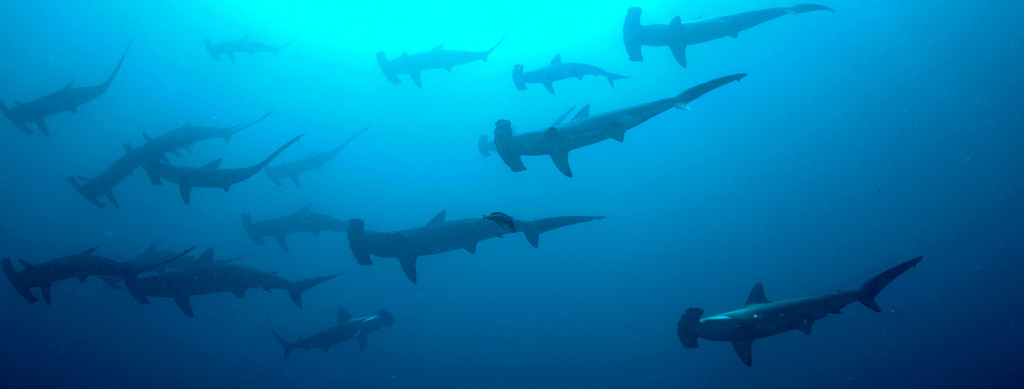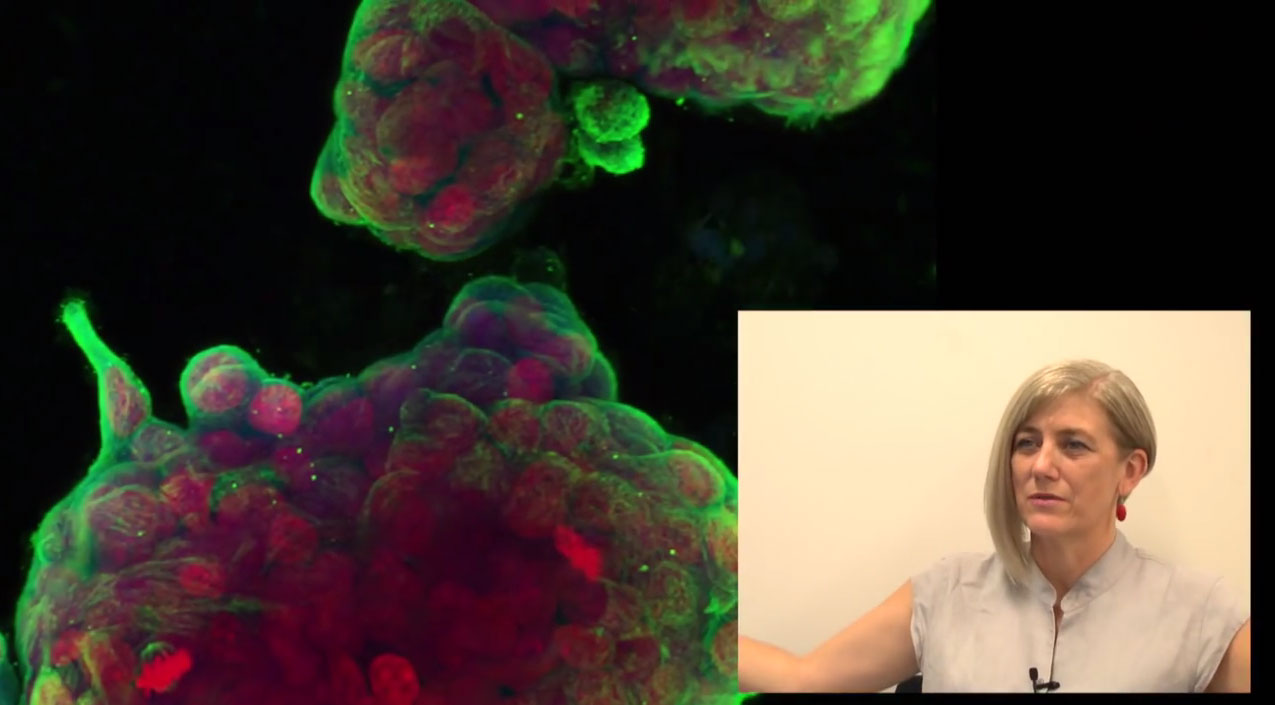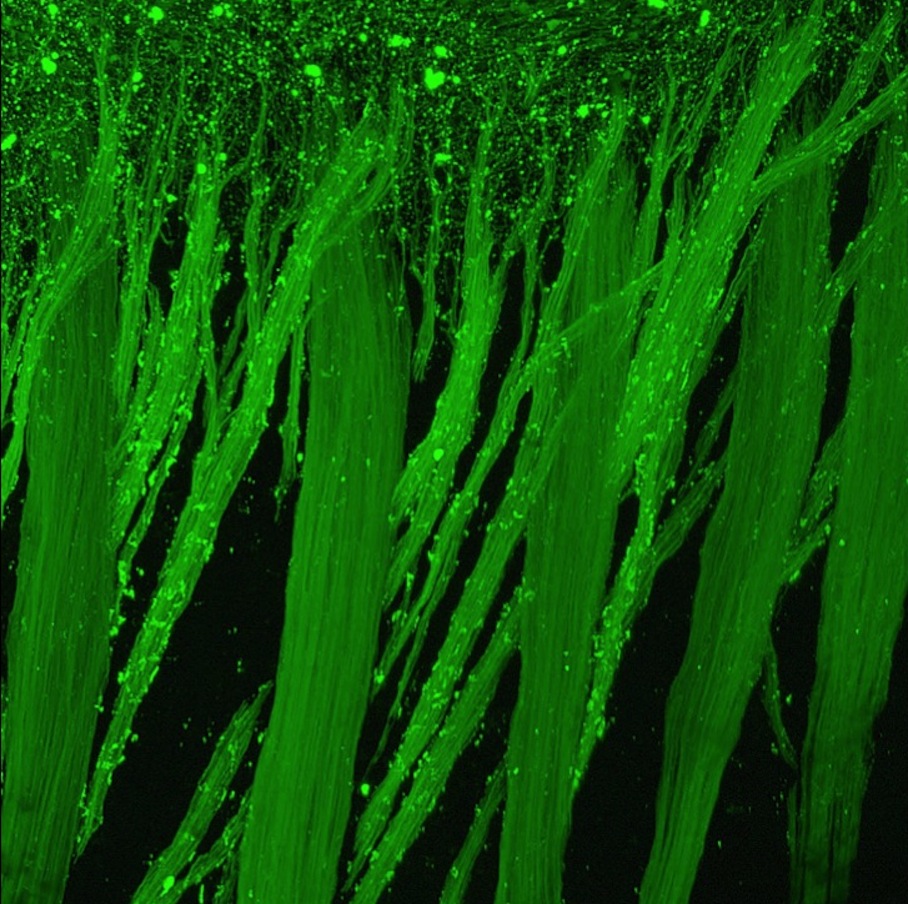One of the first steps on the road to cure a disease such as Parkinson’s, cancer, rheumatoid arthritis, dementia or infectious diseases is finding active compounds that interact with the diseased cells. From the very beginning of modern medicine we have known that these compounds are found in nature, it is just a matter of finding them. And that challenge is becoming even more difficult as the ecosystems in which we are searching are under more pressure from climate change and changing biodiversity.
New research from Griffith University’s Eskitis Institute for Drug Discovery in collaboration with the French research institute CNRS – Station biologique de Roscoff, is looking to increase the speed at which compounds can be identified in the search for new active molecules. This project called OCEANCHArCoT (OCEAN CHemodiversity Against Cell cycle Targets) aims to identify new inhibitors against necroptosis related diseases. These new molecules could cover a wide range of applications from neurodegenerative diseases (e.g Alzheimer, Parkinson) to inflammatory diseases (e.g Crohn’s disease, rheumatoid arthritis, psoriasis acute pancreatitis), prevent allograft rejection, treat atherosclerosis or age-related macular degeneration.
Finding compounds in nature
The early stage of OCEANCHArCoT is based on a large screening of natural samples. There are seventeen mega-diversity countries in the world that hold around two thirds of the world’s biodiversity. Australia is one of these countries. Great Barrier reef is a treasure chest for marine biodiversity and so, for chemodiversity. It’s a great opportunity for OCEANCHArCoT project to explore part of this treasure while it’s still possible (i.e GBR is currently highly threatened by global warming, pollution and other anthropic activities).
OCEANCHArCoT project screened 7 177 marine biotas from the Great Barrier Reef. The source for these screening is the Nature Bank facility is housed at The Eskitis Institute. This unique library is composed of 34,000 plant samples from Australia, China and Papua New Guinea. Nature Bank contains also 29,000 marine biotas and most of them are from the Great Barrier Reef. From these natural samples, 200,000 Lead-Like Enhanced fractions were produced and available for screening.
The breadth of OCEANCHArCoT screening, in term of biodiversity, represents 13 phyla, 27 classes, 512 genera. From this biodiversity, 35 585 Lead-Like Enhanced fractions were produced and tested. These fractions meet the druggability properties; a ‘druggable’ compound being one which has the properties to become a successful drug, as determined by ADMET parameters (Absorption, Distribution, Metabolism, Excretion, Toxicity in pharmacokinetics). Identifying molecules that have druggable properties is part of the challenge. The goal is to focus on the best hits and leads to save time and budget during the long adventure leading to successful drug products. Currently, a variety of strategies and sequential filters are used to select for and prioritise ‘druggable’ compounds. The first of them consists in the preparation of fractions for the screening removing undruggable molecules.
Robotic high flow testing
We worked with Compounds Australia facility which works with a robotic screening platform to manage and trial all these samples at high flow. We can test 15 488 fractions (or compounds) per 48 hours. For cell-based assay, the capacity of this robot is limited by the incubation stage. But for biochemical assays, the yield can be much more higher.
We get 102 hits from this screening. Hits can be future tools for studying necroptosis molecular pathway, as well as starting points in the hunt for treatments of necroptosis related diseases. But part of these hits can be artefacts or false hits linked to the pharmacological assay (which is quite common in large screenings). This kind of molecules are called PAINS (pan-assay interference compounds) and have to be detected and removed of the workflow as soon as possible. They belong to hundreds of chemical classes, but some groups occur much more frequently than others. Then, some of the active molecules can be known and patented molecules. These molecules have to be removed as well from the workflow.
Racing to identify new targets
Race to identify new cures from natural samples remains a big challenge. Actually, we are developing an amazing tool called NMR fingerprint based dereplication. Thanks to an accurate molecular fingerprint of our hits, we aim to identify as early as possible in a raw fraction which compounds are known and/or non-active in order to focus our research efforts on unknown and active molecules.
To conclude, drug discovery from natural samples is always a long and expensive way. The attrition rate is quite high but the process is very exciting according to the multidisciplinary knowledge needed. The goal in such a project is to make the workflow as short as possible to focus the work on the best leads. The first OCEANCHArCoT results are quite promising and we expect to characterize new marine necroptosis inhibitors in the next years. The biodiscovery potential from marine resource is still huge but we have to preserve our fragile ecosystems if we are willing to benefit from ecosystems services like new medicines. Most of marine species are still unknown but actually, the extinction rate of marine species might be higher than our capacity to find and describe new species.
Know More: The Eskitis Institute for Drug Discovery
Author
 Dr Benoît Serive
Dr Benoît Serive
Post-doctoral Marie Curie IOF Research Fellow





